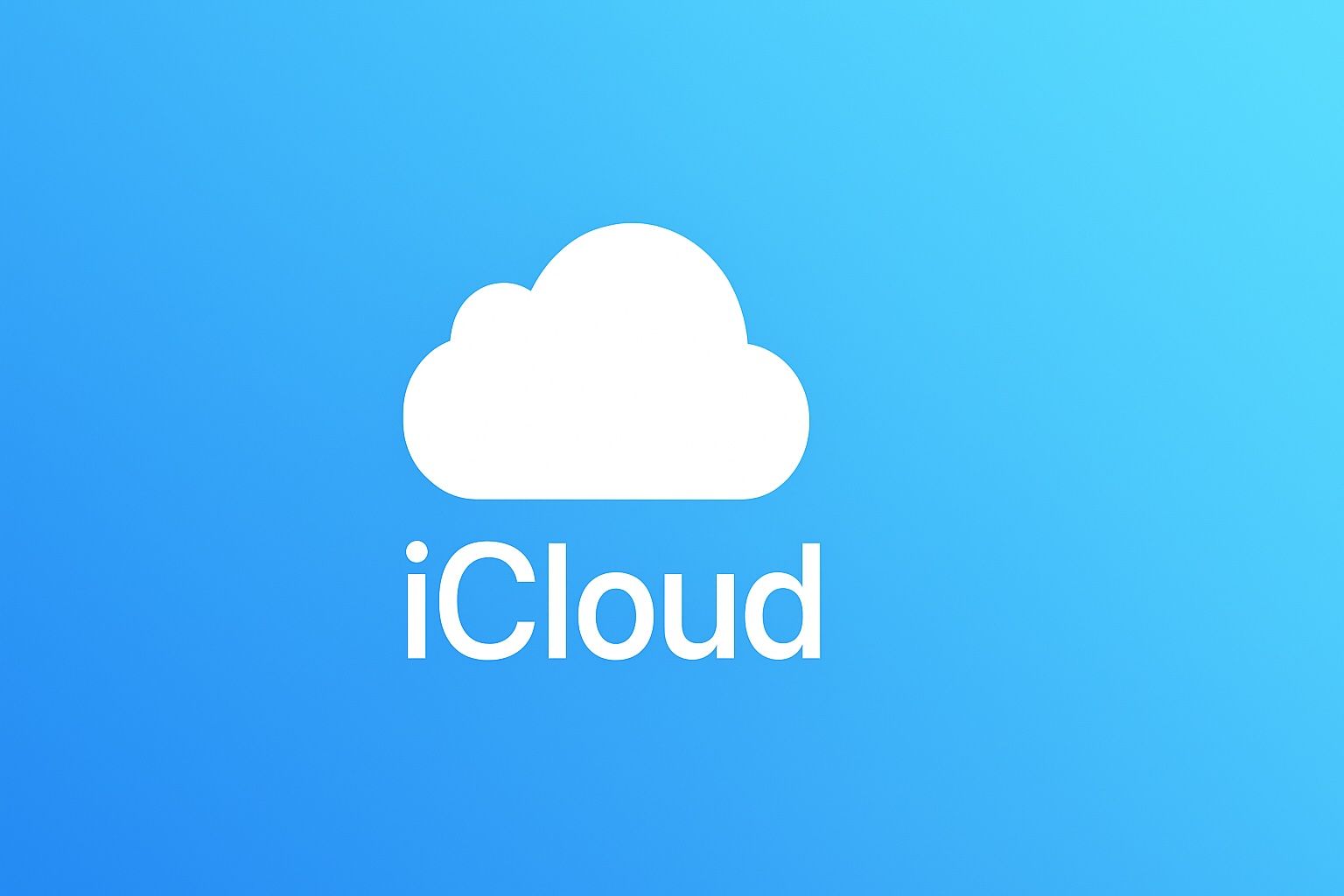- On 24 June 2025, the iCloud outage began after lunchtime in the US, with Apple’s System Status dashboard flagging an outage at 2:36 p.m. ET for iCloud Web Apps and iWork for iCloud, and yellow warnings for Mail, Photos, and Storage Upgrades.
- Downdetector spiked around 1:00 p.m. ET, and by 4:11 p.m. ET reports reached about 900+ complaints.
- iCloud Web Apps, iWork for iCloud, Photos, iCloud Mail, and Storage Upgrades and backup APIs experienced outages or severe slowness.
- The status tiles remained red for several hours and flipped to green roughly four hours after the first alert as Apple rolled back a back-end fix.
- Apple did not publish a newsroom statement and relied on the System Status page for updates.
- By around 7:30 p.m. ET, Apple’s status page declared all services operating normally, though no post-mortem was published.
- Industry analysis points to three structural issues: single points of failure from monolithic identity and file-sync databases, silent back-end patches without public maintenance windows, and edge-cache dependence from fewer regional edge locations.
- The edge-cache dependence makes iCloud vulnerable to DNS or BGP hiccups.
- Historically, iCloud has suffered at least seven multi-hour incidents since 2019, roughly one major outage per year, with past events including March 14, 2019; March 21, 2022; and January 30, 2024.
- Users are advised to enable offline copies, add a fallback email, export Photos, archive libraries to an external drive, and monitor independent outage trackers before troubleshooting.
Apple’s iCloud platform suffered a multi-hour outage on 24 June 2025 that blocked users from opening web apps, syncing Photos, sending Mail and more. Live dashboards, third-party monitoring data and first-hand reports confirm the disruption began just after lunchtime in the US, peaked with close to a thousand complaints on Downdetector, and gradually cleared once Apple rolled out a server-side fix. Below you’ll find a deep-dive timeline, service-by-service impact analysis, expert commentary on why Apple’s cloud keeps wobbling, and practical steps you can take before the next glitch strikes.
What happened — a minute-by-minute timeline
| Time (ET) | Event |
|---|---|
| 2:36 p.m. | Apple’s own System Status dashboard first flags red-label “Outage” notices for iCloud Web Apps and iWork for iCloud, with yellow “Issue” tags for Mail, Photos and Storage Upgrades. [1] |
| ≈1:00 p.m. | 9to5Mac’s Ryan Christoffel spots a spike on Downdetector and confirms users can’t open Mail or Photos. [2] |
| 3:35 p.m. | TechRadar records “nearing 1,000” outage reports, noting sluggish log-ins even when pages load. [3] |
| 4:11 p.m. | Tom’s Guide screenshots the status page showing multiple red tiles and 900+ Downdetector complaints. [4] |
| ≈6:45 p.m. | Reports start falling; Apple silently swaps red tiles to green. [5] |
| 7:30 p.m. | Apple’s status page says “All services operating normally,” but no post-mortem is published. [6] |
Which iCloud services went offline?
Tech sites cross-checked each other and Apple’s dashboard to build the list below:
- iCloud Web Apps (iCloud.com) – fully unreachable for many users. [7] [8]
- iWork for iCloud – document editing and real-time collaboration failed to load. [9]
- Photos – online library, Moments and shared albums stalled. [10]
- iCloud Mail – sending/receiving impossible for a subset of accounts. [11]
- Storage Upgrades & backup APIs – purchase attempts timed out. [12]
How widespread was it? Data points & user sentiment
- Downdetector’s Canadian mirror registered a “problem” banner and dozens of real-time X (formerly Twitter) complaints, confirming the disruption hit multiple regions. [13]
- Tom’s Guide counted roughly 900 simultaneous reports — well above the baseline for iCloud. [14]
- TechRadar saw similar numbers and noted pages that did load were “painfully slow,” suggesting partial rather than total failure of Apple’s cloud edge nodes. [15]
Apple’s response — or lack thereof
Apple never issued a newsroom statement, relying instead on the colour-coded tiles of its System Status page. Journalists from TechRadar and MacRumors say they “reached out to Apple for comment” but received no explanation beyond the silent status-change. [16] [17] The tiles flipped to green roughly four hours after the first alert, implying a back-end hotfix rather than client updates. [18]
Expert insight: why does iCloud keep stumbling?
“People, this service isn’t ready for prime-time. Apple can’t run any of its iCloud services with 100 % uptime — that’s simply unrealistic.”
— AppleInsider forum veteran “mpantone,” commenting on repeated Apple cloud hiccups. [19]
Industry watchers point to three structural issues:
- Single points of failure. Large, monolithic identity and file-sync databases mean an error ripples across Mail, Photos and Docs simultaneously. [20]
- Silent back-end pushes. Apple often patches models or sync services without a public maintenance window (see last week’s Apple Intelligence glitch). [21]
- Edge-cache dependency. Unlike Google, Apple runs fewer regional edge locations, making it sensitive to DNS or BGP hiccups. [22]
Oli Buckley, Professor of Cyber Security at Loughborough University, says Apple’s decision to weaken Advanced Data Protection in the UK “opens extra doors attackers might try during outages, when monitoring is distracted.” [23]
Historical context — iCloud’s rocky reliability
| Date | Duration | Main services hit | Source |
|---|---|---|---|
| Jan 30 2024 | ~4 h | iCloud.com & Mail | Pingdom recap [24] |
| Mar 14 2019 | 4 h | Nearly all iCloud services | TechCrunch [25] |
| Mar 21 2022 | 2 h | iMessage, iCloud, Apple Music | Ars Technica [26] |
Apple’s own status archive is no longer public, but third-party logs show at least seven multi-hour incidents since 2019 — roughly one major outage per year.
What users can do next time
- Enable offline copies of critical documents in Pages/Numbers; iCloud Drive will sync changes later.
- Add a fallback email. Forward iCloud Mail to Gmail or Outlook so messages aren’t lost.
- Use Photos exporting. Periodically archive your library to an external drive.
- Check independent monitors (Downdetector, Down for Everyone or Just Me) before spending hours troubleshooting local devices. [27]
Can Apple prevent the next crash?
Apple rarely shares root-cause analyses, but its rapid recovery today hints at automated rollback tooling. Analysts say adopting distributed micro-services and publishing public post-mortems, like Microsoft and Google already do, would be the next logical steps. Until then, users should treat iCloud as highly convenient—but not mission-critical storage.
If you rely on iCloud for business workflows, consider keeping a redundant cloud provider or local NAS in parallel.
Reporting compiled from TechRadar, 9to5Mac, Tom’s Guide, MacRumors, Downdetector, AppleInsider and academic commentary. Figures accurate as of 24 June 2025, 20:45 ET.
References
1. www.techradar.com, 2. 9to5mac.com, 3. www.techradar.com, 4. www.tomsguide.com, 5. www.apple.com, 6. www.apple.com, 7. www.techradar.com, 8. www.techradar.com, 9. www.tomsguide.com, 10. 9to5mac.com, 11. 9to5mac.com, 12. www.macrumors.com, 13. downdetector.ca, 14. www.tomsguide.com, 15. www.techradar.com, 16. www.techradar.com, 17. www.macrumors.com, 18. www.apple.com, 19. appleinsider.com, 20. www.securityweek.com, 21. appleinsider.com, 22. www.tomsguide.com, 23. www.lboro.ac.uk, 24. www.pingdom.com, 25. techcrunch.com, 26. arstechnica.com, 27. downforeveryoneorjustme.com










